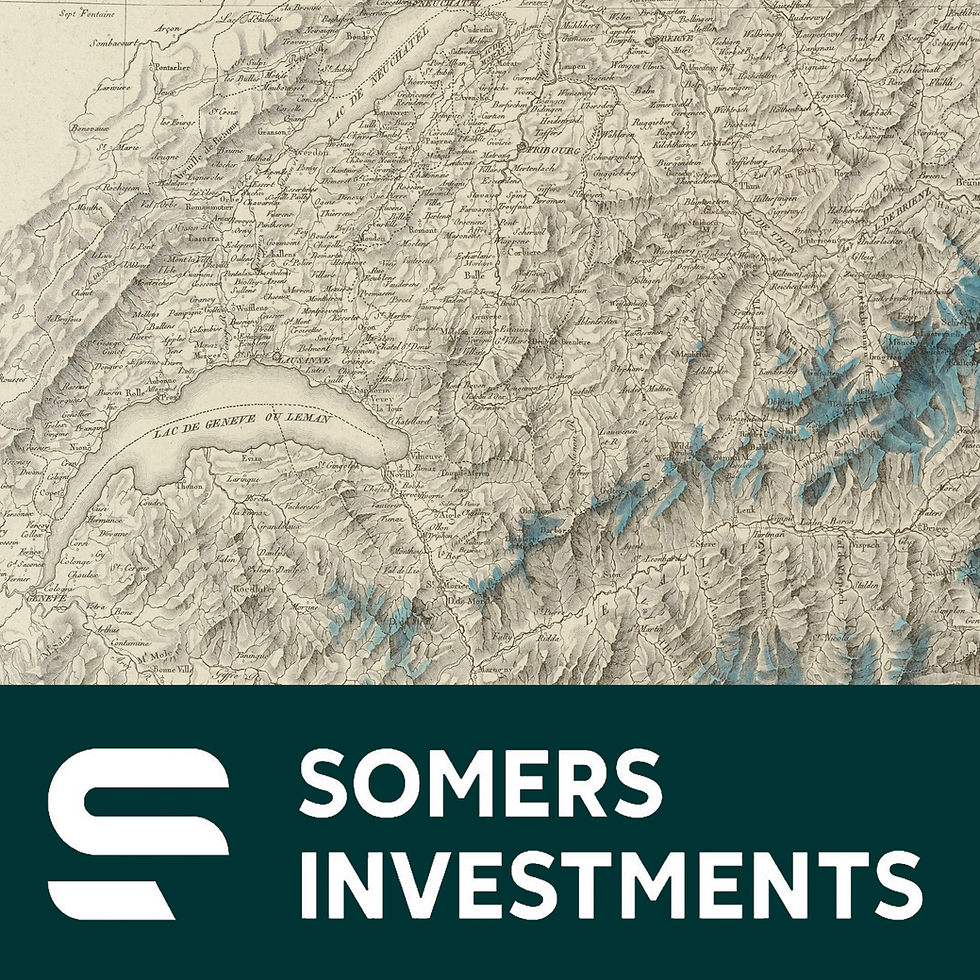Real estate in Switzerland: the 3 golden rules for buying or investing in 2024
- Sarah Buchilly
- Sep 1
- 3 min read
The Swiss real estate market is constantly changing. Between fluctuating mortgage rates, evolving lifestyles, and the urgency of climate challenges, buying a property—whether to live in or as an investment—is often an uphill battle. How can you make an informed decision in such a complex environment?
The latest academic research and analyses from industry experts point not to one, but three major trends that are redefining the very notion of a property's value. To remember them and make them the pillars of your strategy, keep this simple and powerful rule in mind: the 3 "A"s – Adaptability, Antifragility, and Algorithmic.
A for adaptability : the Chameleon Home
The observation: the pandemic has permanently changed our relationship with our homes. Hybrid remote work has become the norm for a large part of the workforce, and family needs are evolving faster than ever. An apartment or house designed as a series of rooms with fixed functions (a bedroom, a living room, a dining room) is now seen as rigid, even obsolete.
The rule: prioritize properties offering modular and versatile spaces. Look for features such as:
A living room spacious enough to be partitioned into a discreet office nook.
Movable partitions or modular spaces (convertible attics, double living rooms).
An extra room that can serve as an office, guest room, fitness room, or nursery without requiring major renovations.
Outdoor spaces (balcony, terrace, garden) that become an extension of the living area.
Why it's crucial in Switzerland: living space is a costly commodity. Maximizing the utility of every square meter is therefore an economic imperative. An adaptable property will retain its value and appeal much longer than a "static" home because it will meet the changing needs of future buyers or tenants. It's a direct response to the shortage of flexible housing in urban centers.
A for Antifragility: robustness in the Face of Storms
A concept popularized by essayist Nassim Nicholas Taleb, antifragility describes a system's ability to not only withstand shocks (to be robust) but to benefit from them and grow stronger. Applied to real estate, this means choosing a property that will be preserved, or even increase in value, in the event of a crisis.
The observation: crises are multiple: financial, health-related, but above all, climatic. Switzerland, with its Alps, lakes, and plains, is not spared. Floods, landslides, droughts affecting soil stability (clay shrinkage-swelling phenomenon), or heatwaves are becoming concrete risks to integrate into any purchase decision.
The rule: scrupulously check the property's exposure to risks. This involves:
Studying natural hazard maps (available from the cantons), which are now an essential reflex.
Analyzing the property's orientation and insulation to cope with heatwaves (sun protection, natural ventilation).
Evaluating the strength of the local market: the region's economic diversity, rental demand, and demographics. An investment in a dynamic city with a diversified economy (like Zurich, Lausanne, or Geneva) is structurally more "antifragile" than an investment in a mono-industrial region.
Why it's crucial in Switzerland: Switzerland's reputation for stability is a major asset. An "antifragile" investment in Swiss real estate is long-term insurance. It protects your capital against the unpredictable and ensures your property remains a valuable safe haven, no matter what turbulence lies ahead.
A for Algorithmic: Data-Driven Intelligence
The observation: real estate has always been a sector where emotion and "love at first sight" prevailed. Today, these elements must be counterbalanced by a cold, rational analysis of data. Information is power, and it is now accessible to everyone.
The rule: don't just buy with your heart. Use digital tools to objectify your choice:
Consult the historical price per m² in the neighborhood on major real estate platforms (Homegate, ImmoScout24, Comparis) to detect trends and avoid overpaying.
Use maps of local amenities to analyze the property's environment: proximity to public transport (a key criterion in Switzerland), schools, shops, parks, and medical practices.
Identify future urban planning projects (new transport lines, eco-districts, development zones) that could boost the property's value in the medium term.
Why it's crucial in Switzerland: the market is transparent and well-documented. Not using these tools is to deprive yourself of a decisive advantage. It allows you to detect the hidden value of an up-and-coming neighborhood or, conversely, to identify unjustified overpricing. It is the ultimate weapon for negotiating a fair price.





Comments